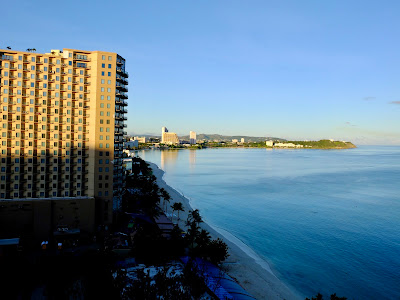As well as the routine procedure of flying, a pilot also needs to be cognisant of the environment and yesterday that entailed penetrating and crossing the ever present Intertropical Convergence Zone (ITCZ). This band of equatorial weather is one of the most fascinating and influential features of Earth's atmospheric dynamics. Often referred to as the "climatic equator," this region plays a crucial role in shaping weather patterns and influencing the climate across the globe. But what exactly is the ITCZ, and why is it so important?
The ITCZ is a belt of low pressure that circles the Earth near the equator, where the trade winds from the Northern and Southern Hemispheres meet. This convergence of winds results in a band of intense cloud formation and precipitation. It is not a fixed line; it migrates north and south with the seasons, following the sun's zenith point and influences the monsoon systems in regions such as South Asia, West Africa, and Central America. Understanding the behaviour of the ITCZ is crucial for predicting weather patterns and managing water resources.
Prior to commencing yesterday’s flight, satellite imagery provided Bob and Baz with advance knowledge of where the ITCZ was sitting. Even so, visually picking a safe route through this band of weather was another series of decisions and tasks added to the busyness of everything else. Next time the ITCZ is encountered it will be on the way back from Guam to Papua New Guinea, following an historic global circumnavigation and World Flight 100. Never let it be said; “Flying round the world in a small airplane is ever boring.”
Former Prime Minister of Papua New Guinea was among the well-wishers on departure from Mount Hagen





How much fuel do you carry do you just have the standard 6 tanks or do you carry more.
ReplyDelete